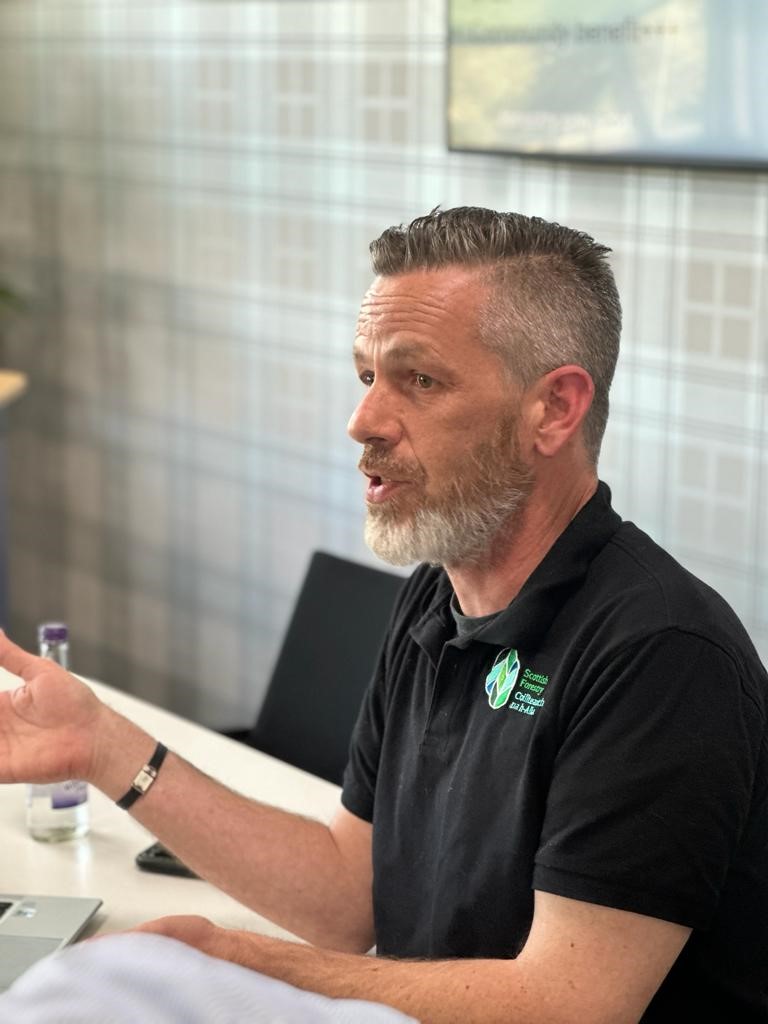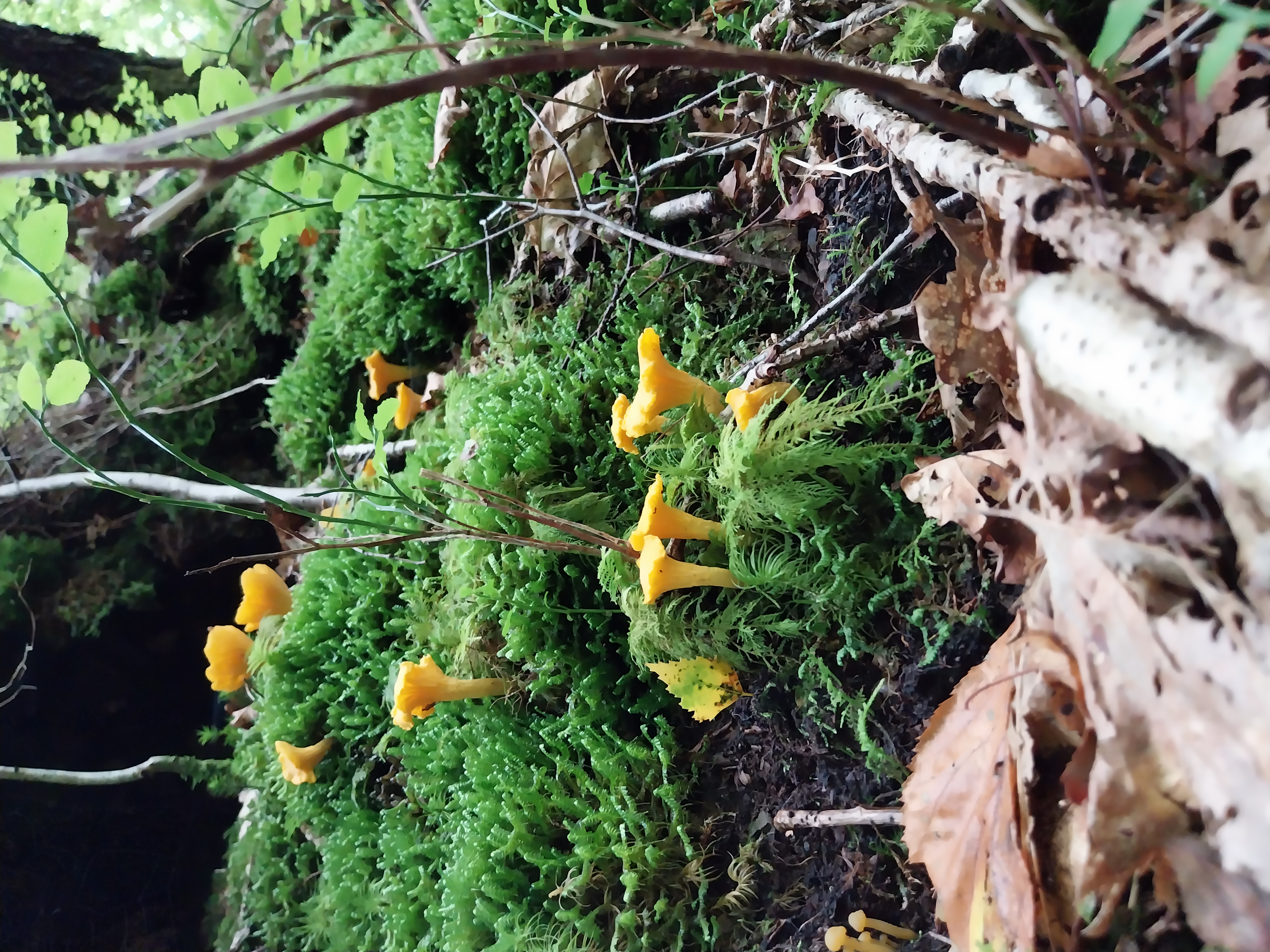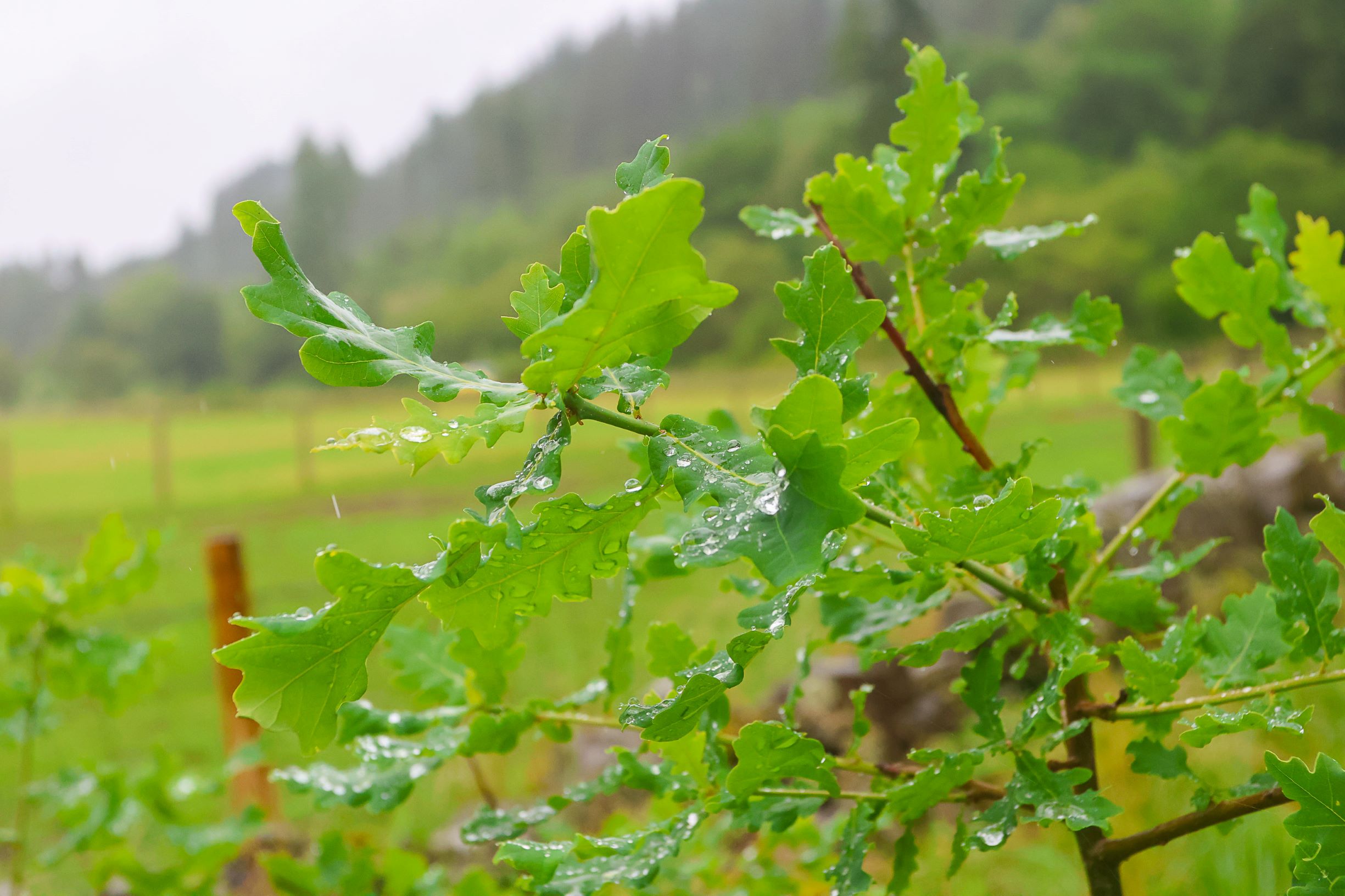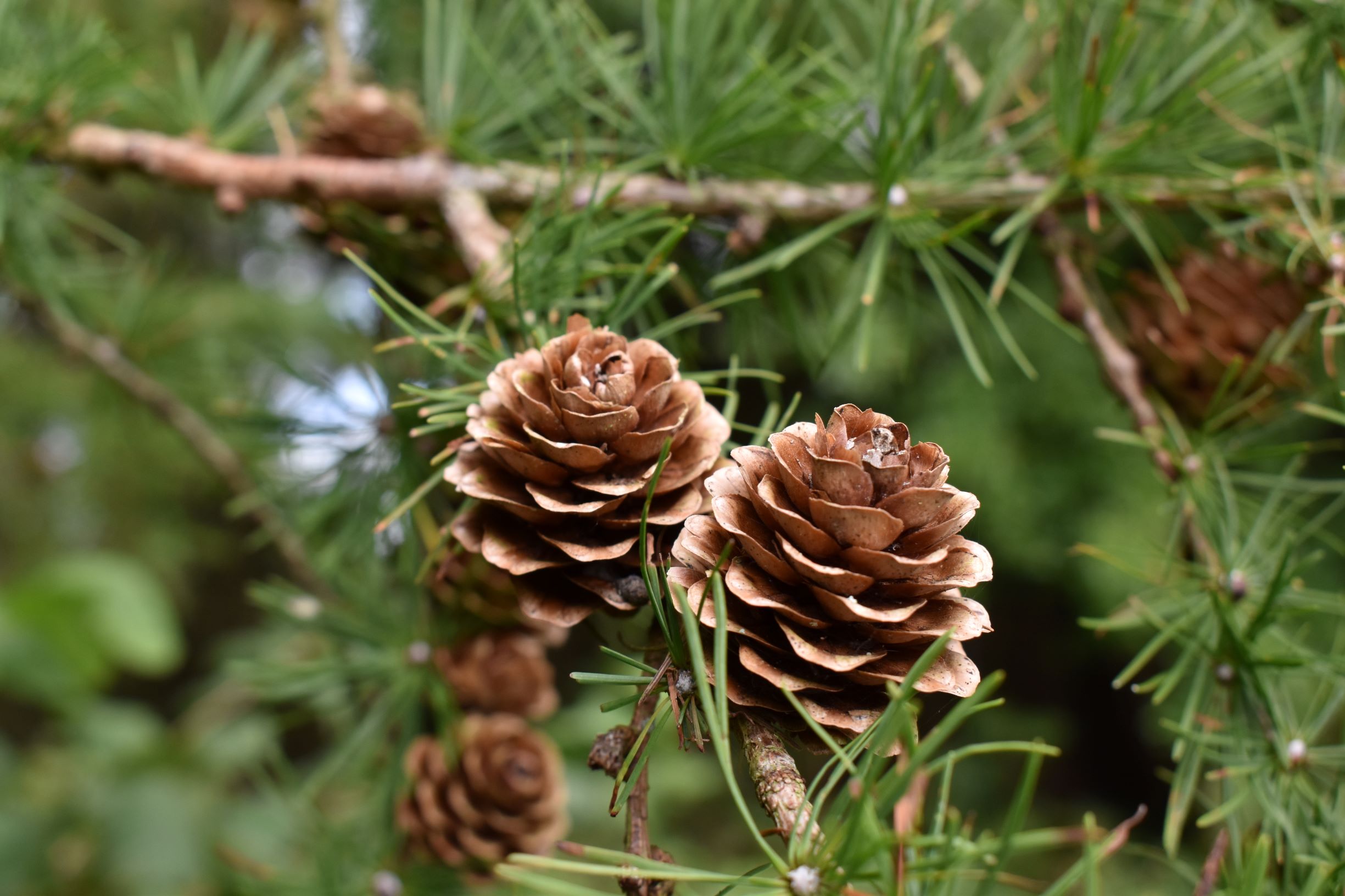17 Jul 2024
Blog: Guidance on Non-Timber Forest Products
Scotland’s forests and woodlands offer a vast array of benefits ranging from great places to go, to supporting wildlife, tackling climate change and producing timber for the economy and supporting many thousands of jobs.
We also know that our forests offer people much more and there are businesses and individuals who are actively involved in what is known as non-forest timber products.
There has been guidance in place for non-forest timber products since 2015 and it was therefore time that we updated it to reflect changes in legislation.
Dr William Clark, Scottish Forestry’s Forest Transport & Innovation Advisor, explains what non-timber forest products are and the purpose of the refreshed guidance.

William, what exactly are non-timber products?
To put it simply, non-timber forest products (NTFPs) are the diverse tapestry of resources we take from forests which aren’t timber!
We could be talking about plants, parts of plants, fungi, and other biological materials. NTFPs can include fungi, moss, lichen, herbs, vines, shrubs, or parts of trees such as the roots, tubers, leaves, bark, twigs and branches, fruits, saps, and resins.
Here’s some examples:
- Edible and medicinal organisms used for foods and health such as berries, nuts, seeds, fungi, and various herbs.
- Oils, resins and other compounds extracted for use in perfumes, cosmetics, and medicines.
- Wild and managed game such as venison or pheasant.
- Woody materials for crafting into wreaths, baskets, furniture, and other sundry items.
- Decorative leaves and other materials like berries or cones for use in floral arrangements.

Who is the guidance aimed at and what do we want them to do?
The refreshed guidance is for people who collect NTFPs and also for landowners and land managers.
It is aimed at people who collect or are thinking about collecting Non-Timber Forest Products for personal use, or sometimes for commercial purposes.
It is there so that everyone can understand each other’s perspectives and responsibilities.
NTFPs often have ecological functions in forests and the biodiversity they support, so the guidance is important. We want everyone to be able to enjoy the forests but we need measures in place in case anyone is taking too many NTFPs or causing damage. The forest itself, or the NTFPs it supports, can also have economic value to landowners, so over exploitation can have serious consequences.
Do we know if collecting NTFPs is a big market in Scotland or if individuals are involved in this area?
The most recent surveys indicated almost a quarter of Scots had collected NTFPs in the previous five years and that 80% of those people (19% of the Scottish population) had gathered some form of NTFPs in the last 12 months.
It’s quite an informal and complex activity so unfortunately there isn’t a great data available for Scotland but we are confident the vast majority of NTFPs collected are for personal use, with a small amount of active commercial businesses.
You’ve published revised guidance – what is the purpose of it?
Scottish Forestry recognise that since Covid, more people are accessing and using forests in different ways. This includes collecting NTFPs for personal use so we thought it a good time to remind everyone how to enjoy such resources responsibly.
Similarly, we also recognise that NTFPS are increasingly seen as a way to diversify localised food networks and create other businesses that can be run from woodlands - so it’s the right time to start a conversation.
What are the key takeaways from the guidance?
I would say there are four main messages we would like to get across are:
- There is always a strong presumption in favour of protecting, improving, and expanding Scotland’s woodland resources;
- NTFPs are there to enjoy (for personal use and within reason) but they must be collected responsibly, sustainably, and legally;
- If NTFPs are collected for commercial gain, there are specific regulations and processes that must be adhered to; and
- The NTFPs sector is dependent on well-defined RESPECTFUL relationships between the landowners and land managers, and gatherers.
You’ve updated the guidance – what have we updated that people or businesses need to know?
The update was mostly to recognise the techncial changes in legislation and regulation since the last version was published in 2015. There are also some changes in roles and responsibilities since forestry became fully devolved in 2019.

Where can you get more information if needed?
- Forest Research published “Wild harvests: the social, cultural and economic value of non-timber forest products” which is excellent and contains comprehensive information
- Reforesting Scotland’s website is a great source for NTFP info.
